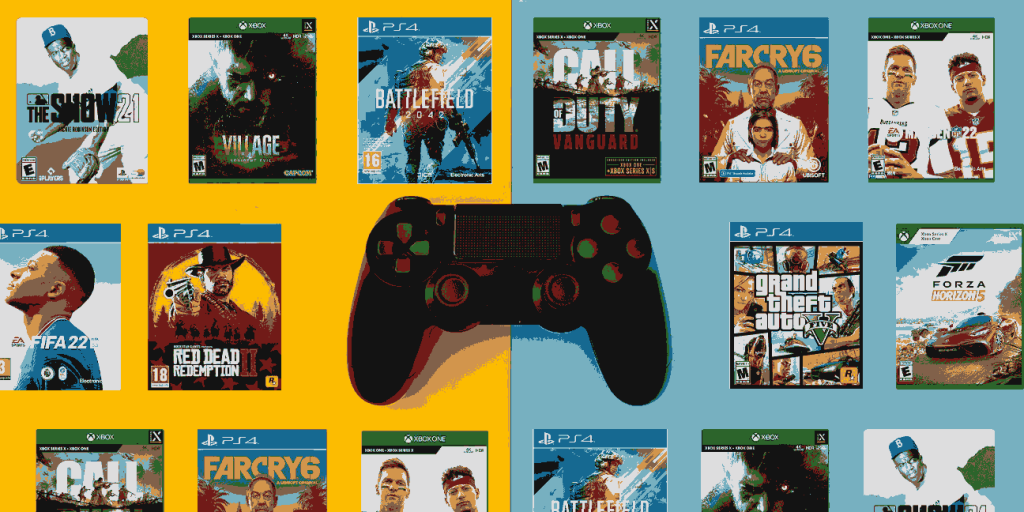Some mistakes live in infamy. Take the phrase “All your base are belong to us!” The popular Internet meme has been featured in books, song lyrics, videos, and pop culture. Unfortunately for the creators of Zero Wing, this means they are better known for their bad translation than for their video game.
Much like gaming technology, the process of localizing video games for international audiences has come a long way since Zero Wing’s release in 1989. But things still go wrong. How can you make sure your localization is top notch?
Why Game Localization Is Important To The Gamer Experience
Most gamers know what it’s like to get lost in a beloved video game for hours on end. What they might not realize, though, is just how much work goes into creating such an immersive experience.
It can take years for game studios to write story lines, develop characters, build worlds, and code a game so that everything works seamlessly. What’s more, those development teams may be working on several custom versions of the game at the same time. Variations that will be released simultaneously in different geographic regions.
The process of localizing video games involves adapting dialogue, character design, graphics, music, and gameplay for players in different parts of the world. When done well, gamers won’t even notice the changes–each version just feels natural, as if this were the original.
But when game localization goes wrong, it’s jarring. It disrupts the immersiveness of the game and can ruin the experience. Poorly localized games can be very costly.
Examples Of Bad Localization
Although video game localization has gotten much better over the years, examples abound of bad translations. In fact, the website Legends of Localization has compiled a Bad Translations Hall of Fame that’s worth perusing.
One particularly egregious example is Sword Art Online: Hollow Fragment. Released in 2014, the game has been roundly panned as one of the worst game translations of all time. The entire game is plagued by nonsensical English subtitles like “but that’s no do it today” and “I’m luck that I this location.”
Sometimes developers are forced to release patches or remakes to solve their localization problems. Such was the case with Call of Duty: Modern Warfare 2 which faced so much controversy that Sony Russia refused to release it in their PlayStation store.
Why Bad Translations Happen
While the process of translation has gotten much easier thanks to AI powered translation software, localizing video games is still an incredibly complex undertaking.
Let’s start with the fact that every language has its own grammar and syntax. Add in cultural references, idioms, and quotes that lack equivalents in other languages. And then remember to account for regional sensibilities about what is appropriate, offensive, or outright taboo.
In addition to all of that, there are production complexities. As mentioned earlier, some translations are worked on as the game is being developed, meaning translators are localizing an incomplete work. Furthermore, content may be handled by different teams: one for written content another for audio, for example. This all requires a high degree of coordination to maintain consistency. Truly, there are any number of steps in the development and localization process where mistakes can be made.
How To Get Game Localization Right
The localization of your game should be considered from the start. Even if you choose to finish and release an original version before adapting it for international audiences, you should still have localization in mind ahead of time. Talk to your translation team from the beginning to find out what they need to do their job well.
Speaking of your localization team, choose translators who are familiar with gaming in general and game localization in particular. Whenever possible, work with native speakers of your target language as they will be able to provide the most nuanced translations.
Finally, be sure to provide your localization team with lots of contexts. Every game has its own peculiarities, from the rules of the game to extensive lore. The better your translators understand this, the better their decisions will be with regard to things like word choice, tone, and inflection.
Video Games With Great Localization
One of the most highly vaunted games for its localization is Witcher 3: Wild Hunt. It is so well adapted to each of the regions where it was released that many would never guess which is the original (the Polish one). It gets high marks for everything from cultural adaptations to voice acting. No small feat considering that it is a huge, open-world game with tons of dialogue and lots of story-specific references.
Another example of localization done well is the Uncharted series. This development team made sure that localization was a key part of the process right from the initial stages. Players appreciate the high quality dubs that employ native-speaking voice actors. And although there are some minor translation discrepancies in the early games, the localization only got better throughout the four-game series.
In Conclusion
It doesn’t matter if your game is a multiplayer RPG or a simple puzzle game for mobile devices, if you intend to release it internationally, it should be localized.
This is not an area for cutting corners. Team up with skilled localization professionals who know how to adapt video games for players around the world. Because the more people who can understand and enjoy your game, the more successful it will be.
Follow Techdee for more!

